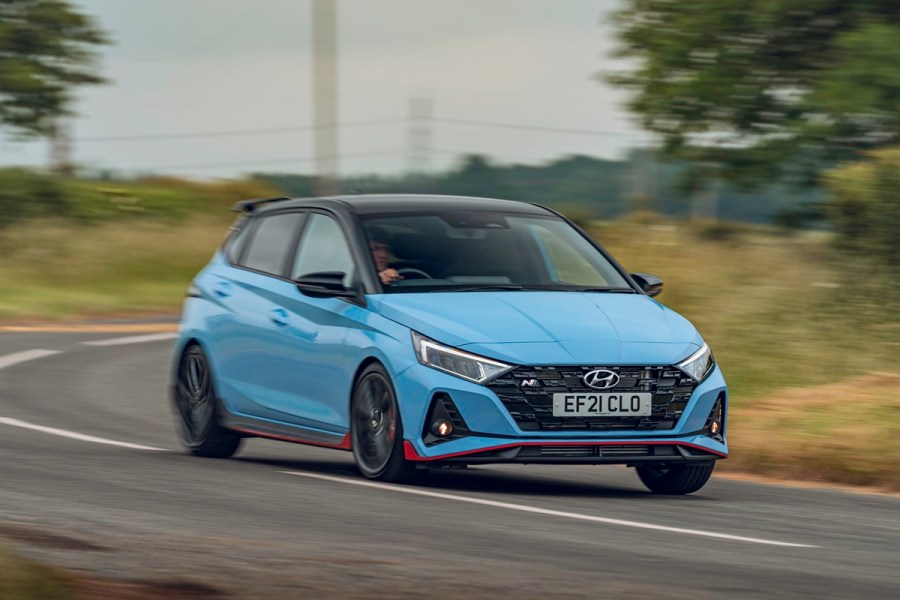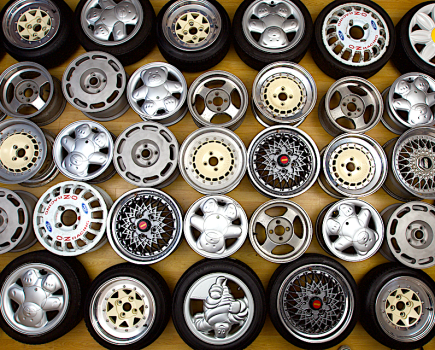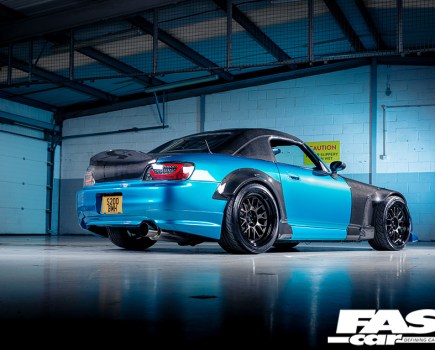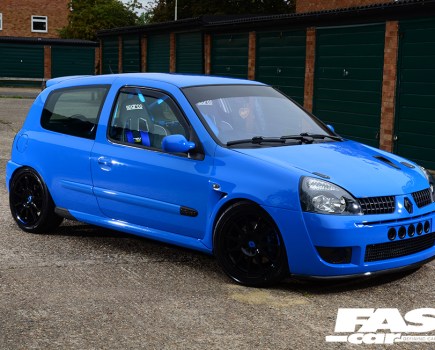Fun, engaging, and raw enough to feel like a proper hot hatch, the Hyundai i20N is a brilliant buy. Now that its production run has ended, this buying guide will tell you everything you need to know about getting your hands on the supermini.
Hyundai’s brand image has undergone some significant changes in recent years. The company has extended its appeal beyond mere affordability to encompass performance and a new age of futuristic electric cars. As the little brother of the i30N, the i20N is an impressive supermini that sits alongside the likes of the Toyota GR Yaris and Ford Fiesta ST.
With only around 2200 i20Ns registered on the road, they’re far rarer than both of its rivals mentioned above. And as the last few stock and canceled orders sell, this number is expected to rise to just under 3000. As a result, with relatively few examples on the market, the i20N could present a good investment opportunity if that’s your thing. For the majority of us who just love cars, well its a whole lot of fun and one that’s not going to get you into serious problems with the law either.
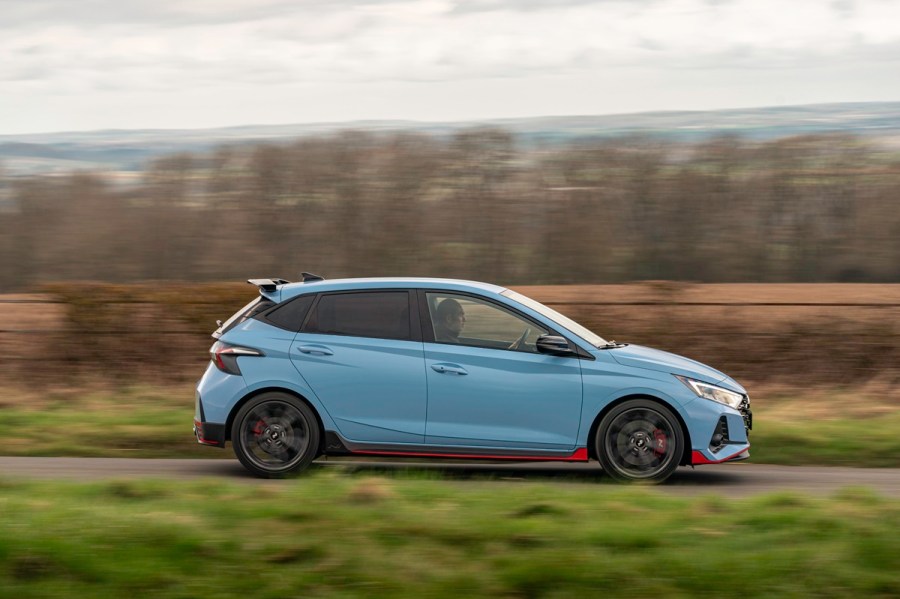
Hyundai i20N most common problems
As you’d expect, there have been relatively few issues with the i20N so far. All cars will still be under warranty so most problems will be dealt with by Hyundai but there are a couple of areas to be aware of.
- The exhaust opening valve spring can be insufficient and rattle. An exhaust replacement would offer a temporary fix but an aftermarket spring is thought to be a better solution.
- Water and condensation around the front and rear lights have been flagged. The lenses can cloud and with weak headlights in the first place this isn’t a particularly helpful feature.
- Rev hang issue. This can be rectified by an ECM software update at a dealer. It seems to affect cars registered before November 2022, but not guaranteed.
- Poor paint finishes on some cars which in time could lead to rust.
Hyundai i20N buying guide
Below, we’ve explored all the different areas on the car, highlighting any early issues that you should be aware of, as well as general information about the car.
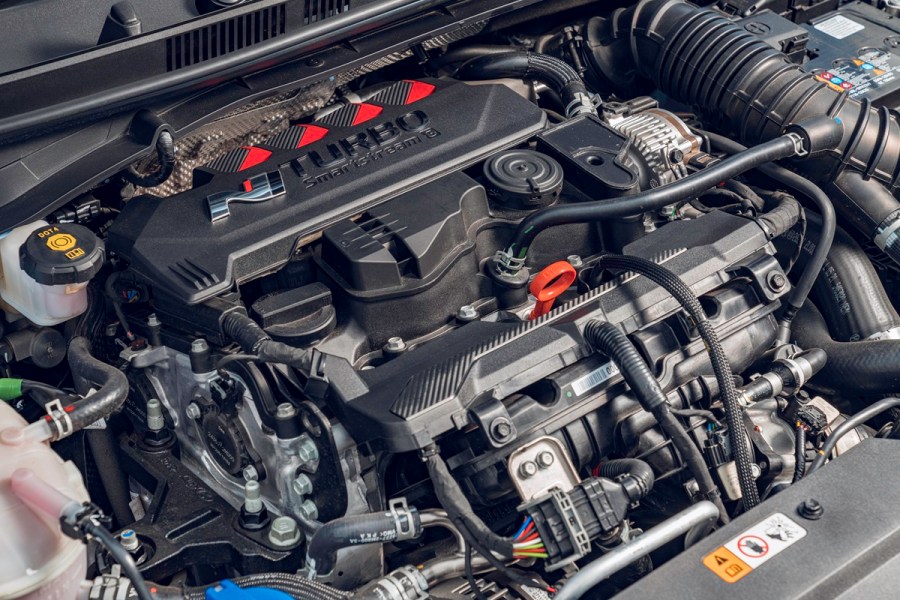
Engine
Powered by a 1.6-litre turbocharged four-cylinder engine, the i20N officially has 204hp and 203lb ft of torque. Unfortunately, Hyundai has said the i20N won’t meet the Euro 7 regulations set to come in from 2025, so its N models in Europe will be cut before then. That doesn’t necessarily mean there won’t be any more N models in the future but it’s more difficult to meet these regulations in smaller cars so this is likely to be the first and last generation of the i20N. But, if Hyundai’s concept cars are anything to go by, its next generation N cars will definitely up the game in the styling department.
On the performance side, 0-60mph happens in 6.2 seconds and it tops out at 143mph. It comes with eco, normal and sport modes as well as a custom mode and launch control. Rev matching is standard and you can change the exhaust setting too. For normal driving, expect to get between 37 to 43mpg.
There hasn’t been reports of any issues with the four-cylinder engine, although in typical hot hatch fashion, it does like to drink a decent amount of oil. As a result, keep an eye on oil levels, and ensure it’s been serviced and replaced as per Hyundai’s servicing requirements.
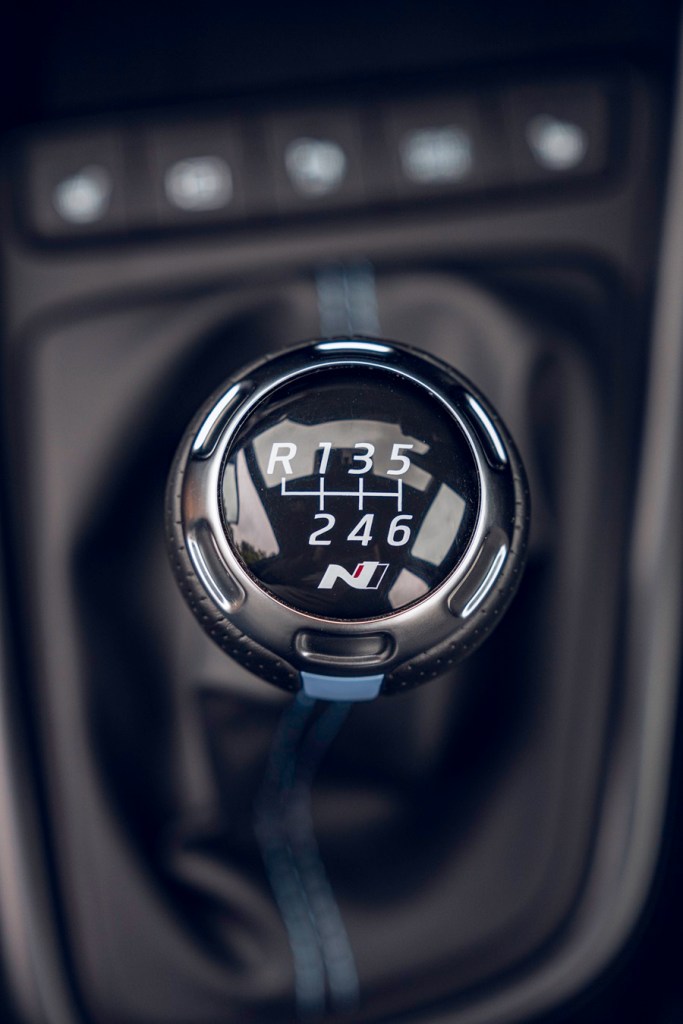
Transmission
A six-speed manual gearbox was the only transmission option for the i20N. Some owners have reported difficulty getting it into reverse and first gear or trouble with grinding between other gears. This has been flagged on cars that were bought brand new so a low mileage example might not be problem free. Investigating a transmission issue is a time consuming and costly process for a garage but as the cars are still under warranty, it’s worth taking it to a main dealer if this issue arises. It never hurts to check the oil levels or change the transmission oil so this could potentially be an easier remedy.
There’s also been reports of jerkiness at low speeds. This could be a symptom of driver style or an issue with the throttle response so as always, we suggest going for a test drive to experience several start stop scenarios and get used to driving the car.
It’s worth noting that owners on the N-cars forum have reported a rev hang problem. In short, when you press the clutch to change gear, the revs are hanging high in the rev range instead of dropping. While modern cars do have this engineered into help with emissions, the rev hang here is much longer. Thankfully, the issue can be resolved with an update and seems to only affect cars registered before November 2022. One thing to note here is that some owners on the N-cars forum reported that their dealerships were somewhat reluctant to acknowledge the software issue, however did the update in time.
If you’re looking at purchasing a used Hyundai i20N, be sure to check for the rev hang during your test drive. Similarly, ask the owner, or dealer, about the issue and whether it’s been updated or not.
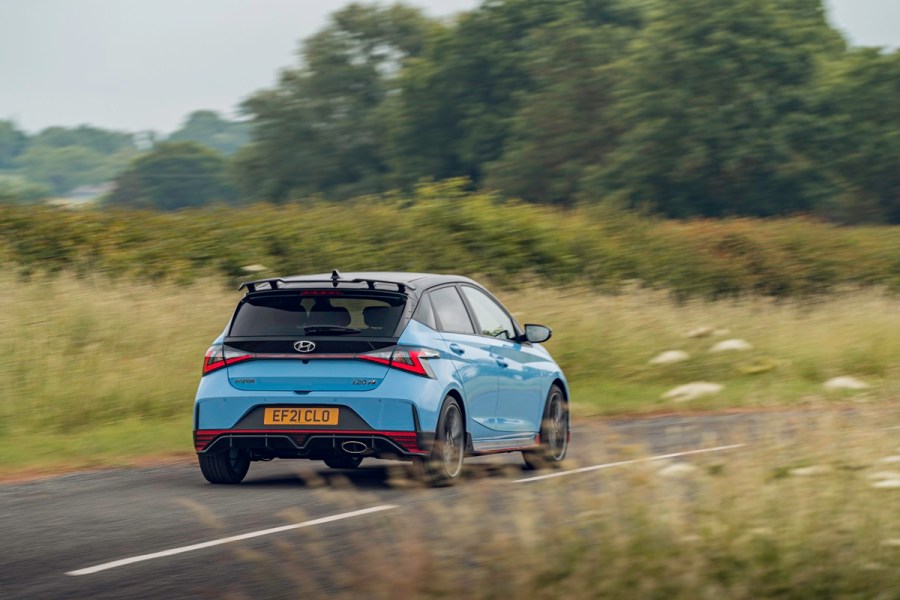
Chassis
Unlike the i30N’s adaptive suspension the i20N has passive suspension, it also has a slightly lower ride height. Instead of an electronic diff as seen in the i30N, a mechanical limited-slip diff is used and overall a stiffer spring and chassis setup to create the desired handling characteristics. So, this does result in some three- and two-wheeled adventures if you push it hard enough around a track. On the road this means the ride can be a bit stiff but if you’re heading to the track you can live with a slightly firmer on-road experience.
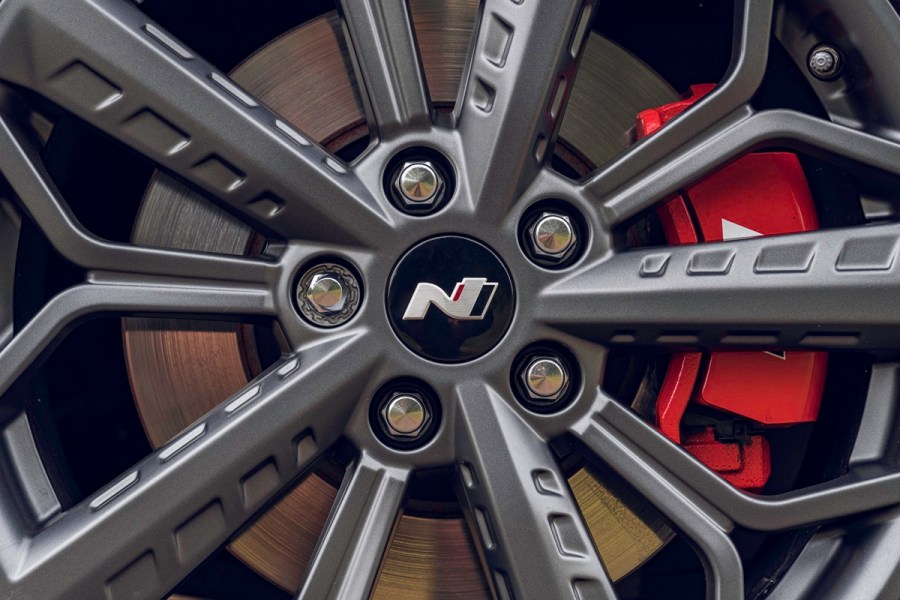
Brakes
The i20N has red brake calipers as standard that are emblazoned with a white ‘N’, in case you forget which car you bought. At the front it gets 320mm discs and 262mm ones at the back. Nestled between the seats is a delightfully analogue handbrake. So, you’ll be pleased to know Hyundai hasn’t robbed you of the ability to do a handbrake turn. Afterall, performance and handbrake turns go hand in hand, who would be so cruel as to deny you that.
Maybe don’t test out the handbrake at speed on a test drive. But, do bear in mind how well the car comes to a stop and listen out for any grinding or crunching noises. Given the i20N is still fairly new, a car’s history shouldn’t show any brake changes unless it’s a particularly high mileage example. That being said, remember, the i20N is a fun hot hatch, and will likely have been driven that way, too. Make sure the brake fluid hasn’t boiled, and there are sufficient pad life left.
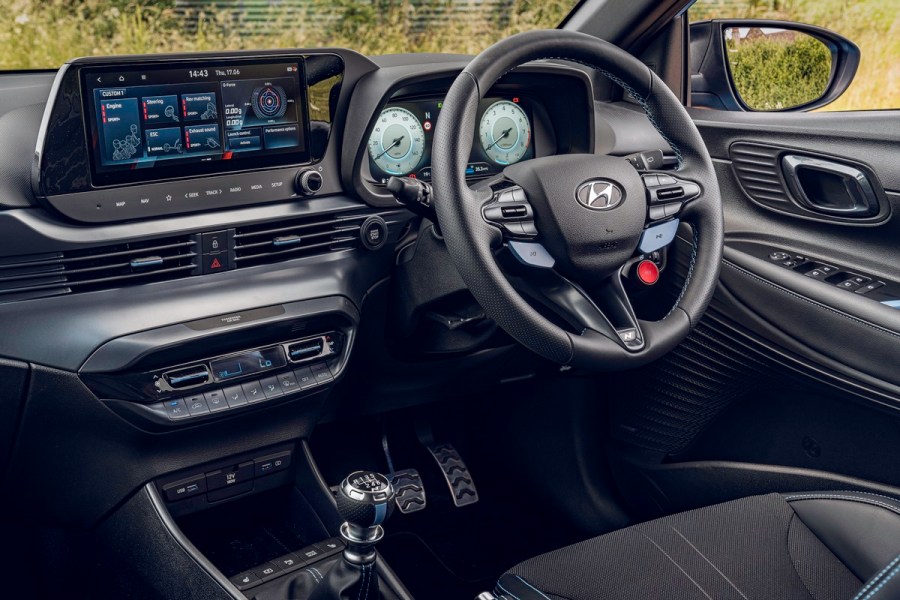
Interior
Compared to the standard i20, the N cabin is spruced up with a few splashes of color in the form of ‘N’ buttons on the steering wheel, a red ‘rev’ button below and a Performance Blue stripe on the gear shift. Extra equipment includes heated seats and steering wheel, parking sensors, reversing camera and wireless charging.
The infotainment screen has a built-in lap timer and GPS track mapping for track days on loaded circuits. Bose audio was an optional extra so if the best sound quality is a must, keep an eye out for cars with this. At the time this meant delivery times were delayed to add an extra two speakers and a subwoofer so cars with the Bose setup can be a little pricier as not many people wanted to wait.
The sporty seats add to the N aesthetic but typically suffer wear to the bolsters. Again, some of this can be dealt with under warranty, but long term this is an issue that’s likely to reoccur.
Owners have also reported that some cars have an issue with the cruise control speed adjusters dim the instrument cluster as well as increase or reduce the speed. Again, the fix is a software update from Hyundai, but it’s worth asking if this has been done or not.
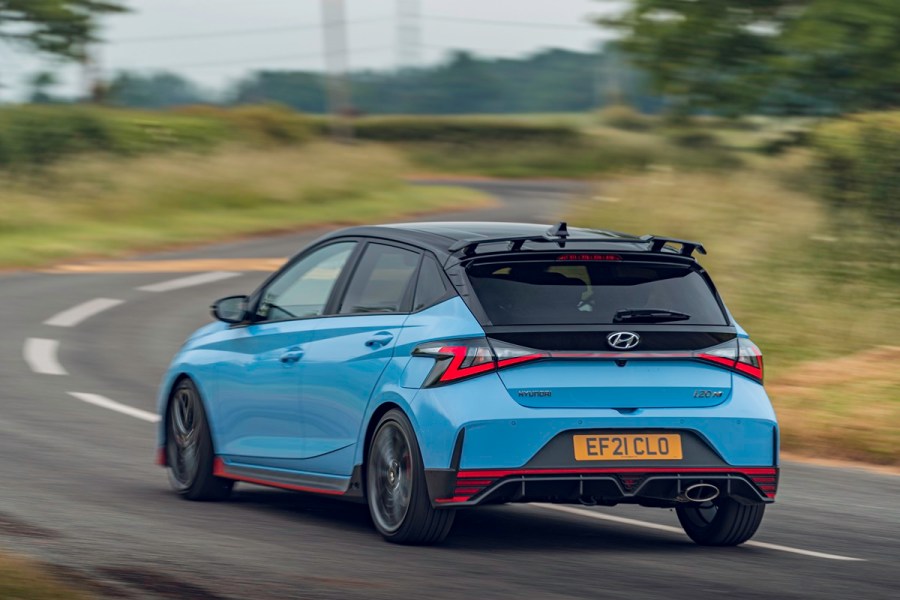
Body
Even though the i20N was the smallest N division car, there was no three-door option. For the purists wanting a three-door hot hatch sorry to disappoint, but it might be an easier sell to the other half if it seems more practical with five doors.
The 18-inch alloy wheels were paired with Pirelli P Zero tires but they weren’t necessarily the favored tires with owners. Instead they were often replaced with Michelin Pilot Sports so if the car you’re looking at isn’t wearing Pirellis that might not be a bad thing.
Hyundai’s Performance Blue paint color that features heavily in its N division branding is the most common color to find up for sale. This is paired with a red line around the bottom of the car underlining the side skirts and both bumpers. For a more understated look, Dragon Red paintwork was the only color option to drop the red accents. Black roofs were an optional extra at £500 so some cars feature this contrasting look or the same color paint all over.
Apart from the obvious bodywork checks looking for scratches or dents, there were reports of poor paint jobs from the factory. Patchy paint coverage could result in rust (which a few owners have admitted to already!) but this is something Hyundai should deal with under warranty. Speak with the owner to establish if they’ve had any repairs made during the warranty period. The biggest problem area is the front apron, which is also susceptible to the most amount of damage from stone chips.
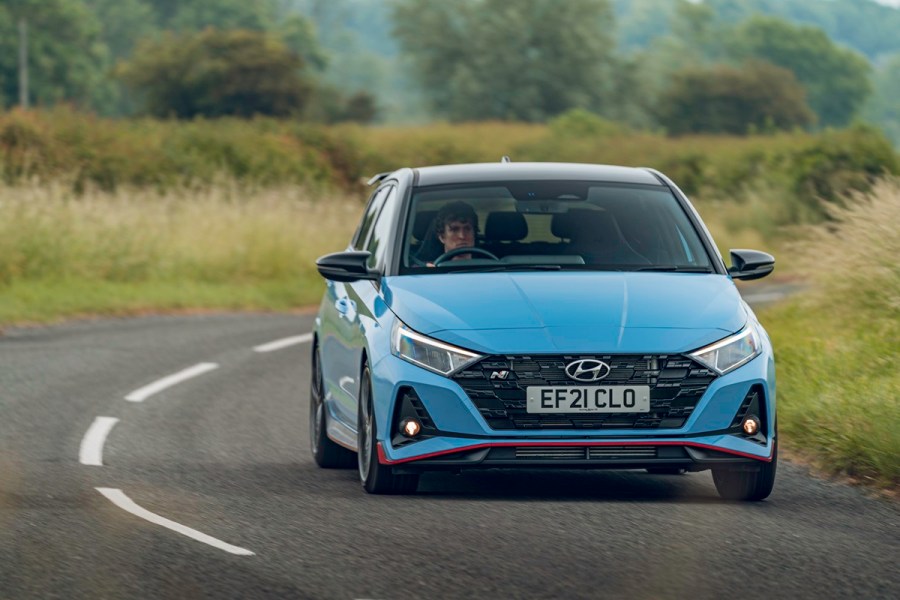
Hyundai i20N prices
Given production has ended and there’s some final stock left to sell, prices are still pretty high. The model also isn’t out of the five-year warranty period yet so used prices are strong. Once 2021 cars start to come out of their warranties, prices should hopefully come down some more.
£20,000 to £25,000: This is the target price point to get into a decent example. Most of the cars listed for sale will fall into this bracket and this opens up your buying power for different colors and lets you be more choosy about mileage.
£25,000 to £28,000: The majority of cars at this price will be brand new, or have few miles on them. As stock dwindles the upper limit will start to come down. A new car presents good value for the additional warranty years but some dealers are offering new cars under the £25k mark so look around to get the best deal.
If you’re thinking of buying an i20N, be sure to read our Hyundai i20N tuning guide to find out what you can do to unleash its potential.
Did you know that we host a number of performance car events across the year? Be sure to check out our Fast Car events page to find out what’s coming up next!

